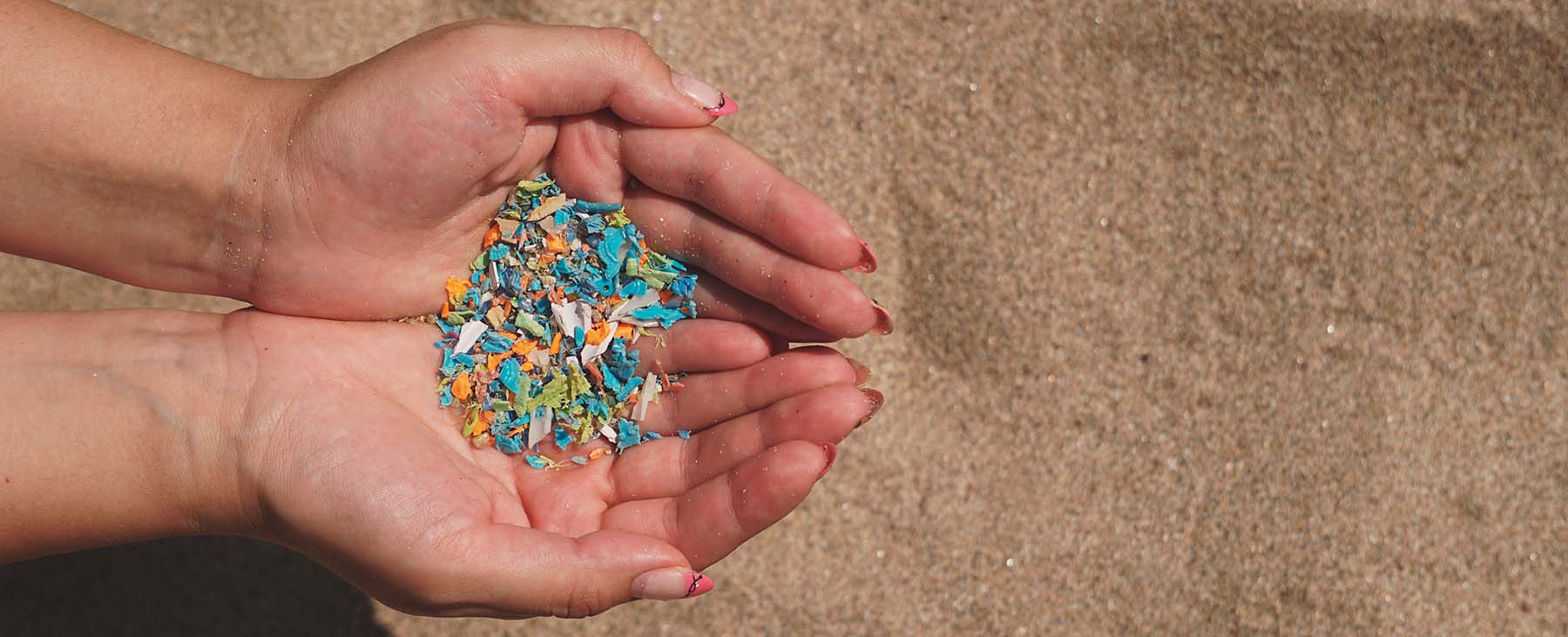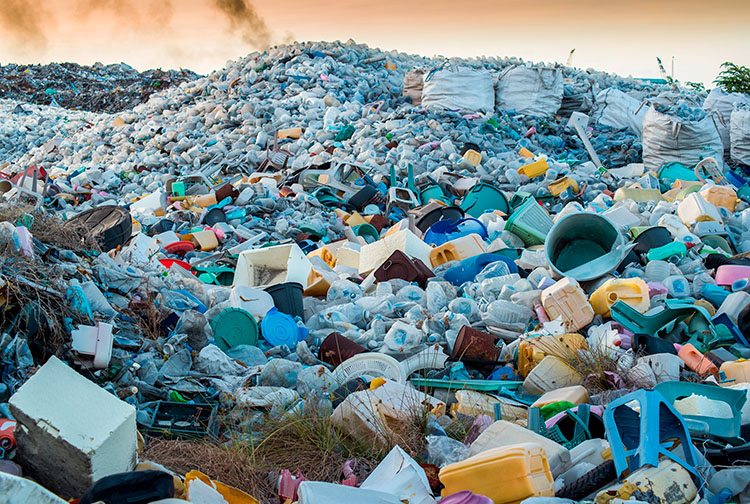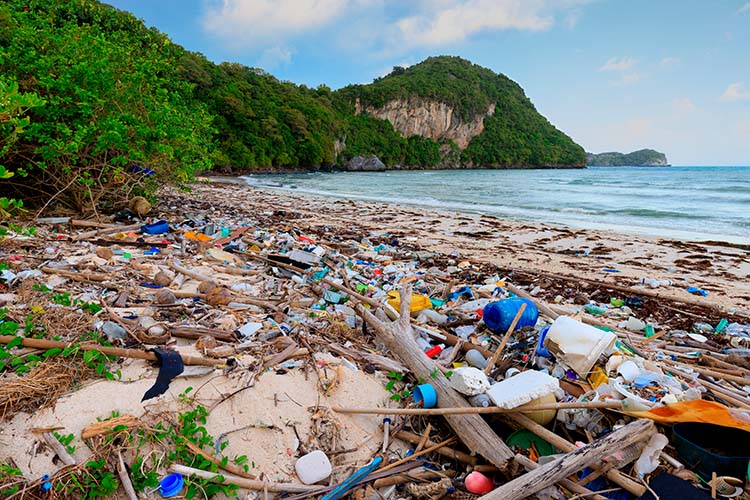

Microplastics find their way into our bloodstream
Scientific research has shown for the first time that microplastics are already flowing through our bloodstream, the river of life in our bodies. The next step will be to see to what extent they are deposited in organs such as the brain and what their effect is.
Microplastics have been found in remote places such as the Himalayas and the Vatnajokull glacier, Europe’s largest ice cap. Even traces of plastic had been found in the human placenta. However, there was still no scientific evidence that microplastics were running through our veins. Until now.
A study led by Heather Leslie and Marja Lamoree of the Vrije Universiteit Amsterdam has found for the first time that tiny bits of plastic from our environment can be absorbed into the human bloodstream. The results of her research were published at the end of March in the scientific journal ‘Environment International’.
Three out of four
The research team tested the blood of 22 people for the presence of five different polymers, which are the building blocks of plastic. The result indicates that three-quarters of the subjects tested had nanoplastics or microplastics, i.e. plastic particles smaller than five millimetres, in their bloodstream. Only one out of four participants were free of detectable amounts of plastic.
Polyethylene terephthalate (PET), polyethylene and polymerized styrene were the most abundant in the blood samples, followed by polymethyl methacrylate. For polypropylene, concentrations were too low for accurate measurement.
PET is widely used in beverage and food packaging, as well as in the textile industry; polyethylene is used, among many other things, in supermarket bags; polymerized styrene is present in lightweight packaging; and polymethyl methacrylate is mostly used in medicine.
From blood to organs?
Lead researcher Heather Leslie said this study shows that “our bloodstream, our river of life, has plastic in it”. The next step would be to find out to what extent these particles pass from the bloodstream into organs such as the brain. This will allow us to better determine to what extent exposure to plastic particles poses a threat to public health.
This research has been funded by the NGO Common Seas and the ZonMw Microplastics and Health programme, which aims to determine the effects of plastic particles on our health. It is one of a number of European initiatives to establish the extent to which exposure to microplastics is harmful to human health. In this context, a group of Italian scientists published research earlier this year that also found the presence of microplastics in the human placenta.
If you want to discover how to drink the best water, save money and help the planet, go to 11Onze Essentials.
Leave a Reply
You must be logged in to post a comment.





ostres, mai m’ho hauria imaginat, es molt important reciclar com cal
Sí, a la “La Plaça” sempre podem aprendre coses noves i interessants. Moltes gràcies pel teu comentari, Joan!!!
Queda molt camí per recórrer, abans no prenguem consciència de lo perjudicials q son els plàstics i encara en som molt dependents d’ell.
Si Manuel, sembla que el nostre cervell no està preparat per prendre canvis a la velocitat que ens demana el planeta. Malauradament ens hem malacostumat a malviure malmetent el planeta. Sort que encara tenim un exemple viu de cultures originàries del planeta que sí que ho poden fer.
No se m’acut una manera millor de reconèixer el plàstic com el principal destructor de la vida que dir: “ja forma part del nostre torrent sanguini”. Ampolles de vidre ja! i sistema de distribució a granel per a tot I quan abans millor!
Totalment Jordi, esperem que aviat siguin més dures les sancions per les empreses que no fan cap esforç al respecte.
Es realment esfereïdor el mal que es pot fer,amb els comportaments destructius
Certament autodestructius total! Quina controvèrsia la nostra.